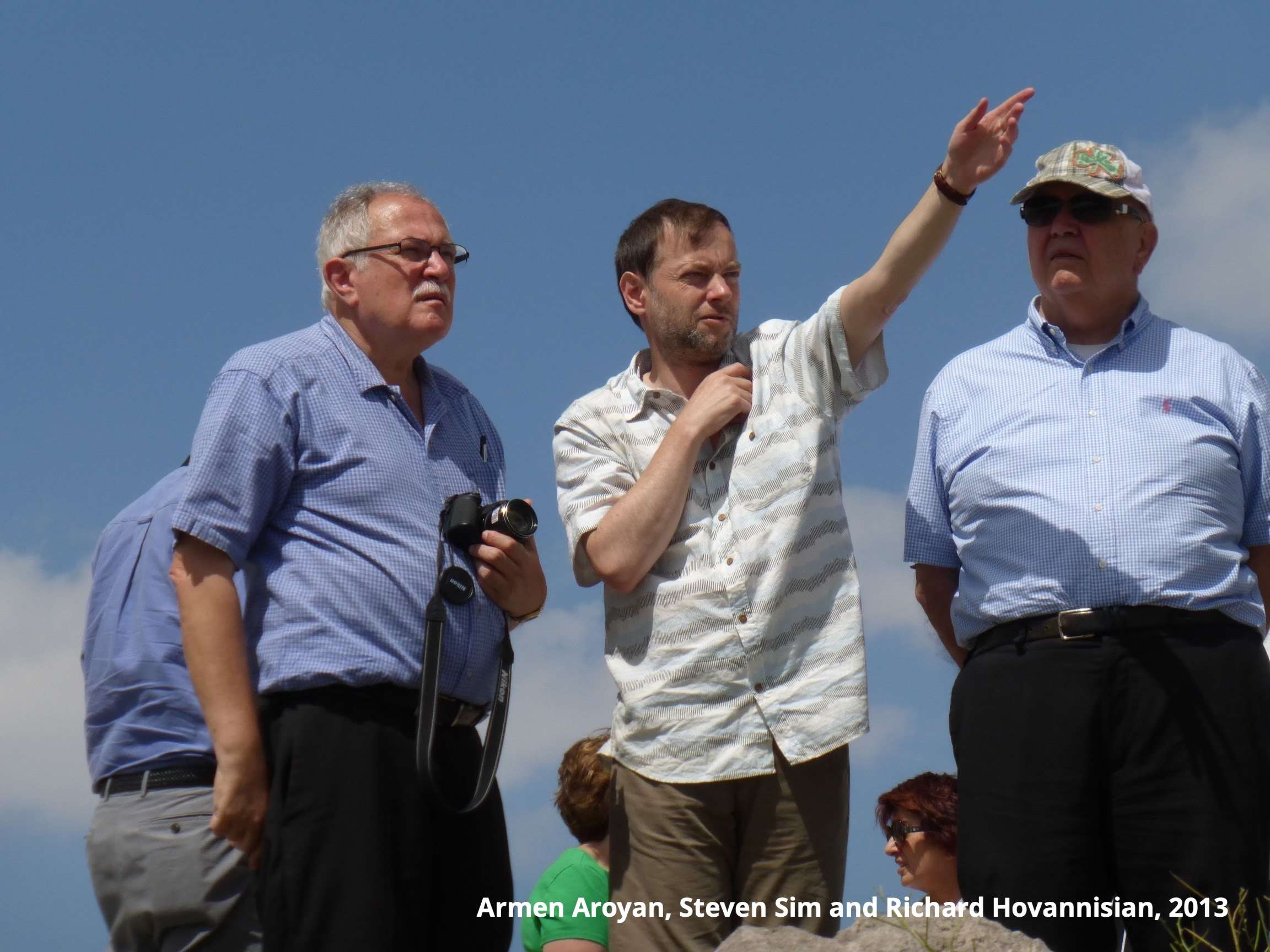Across the many places Aroyan visited, he prioritized meeting and interviewing the area’s few remaining Armenians, which became harder with each passing year. Local Armenians would take him and his ‘pilgrims’ from one Armenian home or shop to another, forming relationships that would be strengthened with each future trip.
On rare occasions, Aroyan’s ‘pilgrims’ actually returned to their childhood homes. During his earliest guided trips, a genocide survivor revisited his ancestral homes in both Hajin (now-Saimbeyli) and Adana, sitting side-by-side with another survivor who had converted to Islam as a child.
Aroyan gifted his collection to the Institute in 2018 with the goal of making the footage widely accessible for research and educational purposes. The Institute has completed the initial phase of digitization and cataloging of the collection’s nearly 400 tapes. As a result of Aroyan’s generous support, a comprehensive metadata production scheme was also initiated, creating keywords to make each videotape easily searchable for end users on USC Digital Library. Place names, interviews, larger subject headings, and even music have been tagged to assist researchers in accessing and investigating a wide range of topics and themes.
Nearly half of the collection is now available on USC Digital Library as part of the Institute’s Digital Collection.

